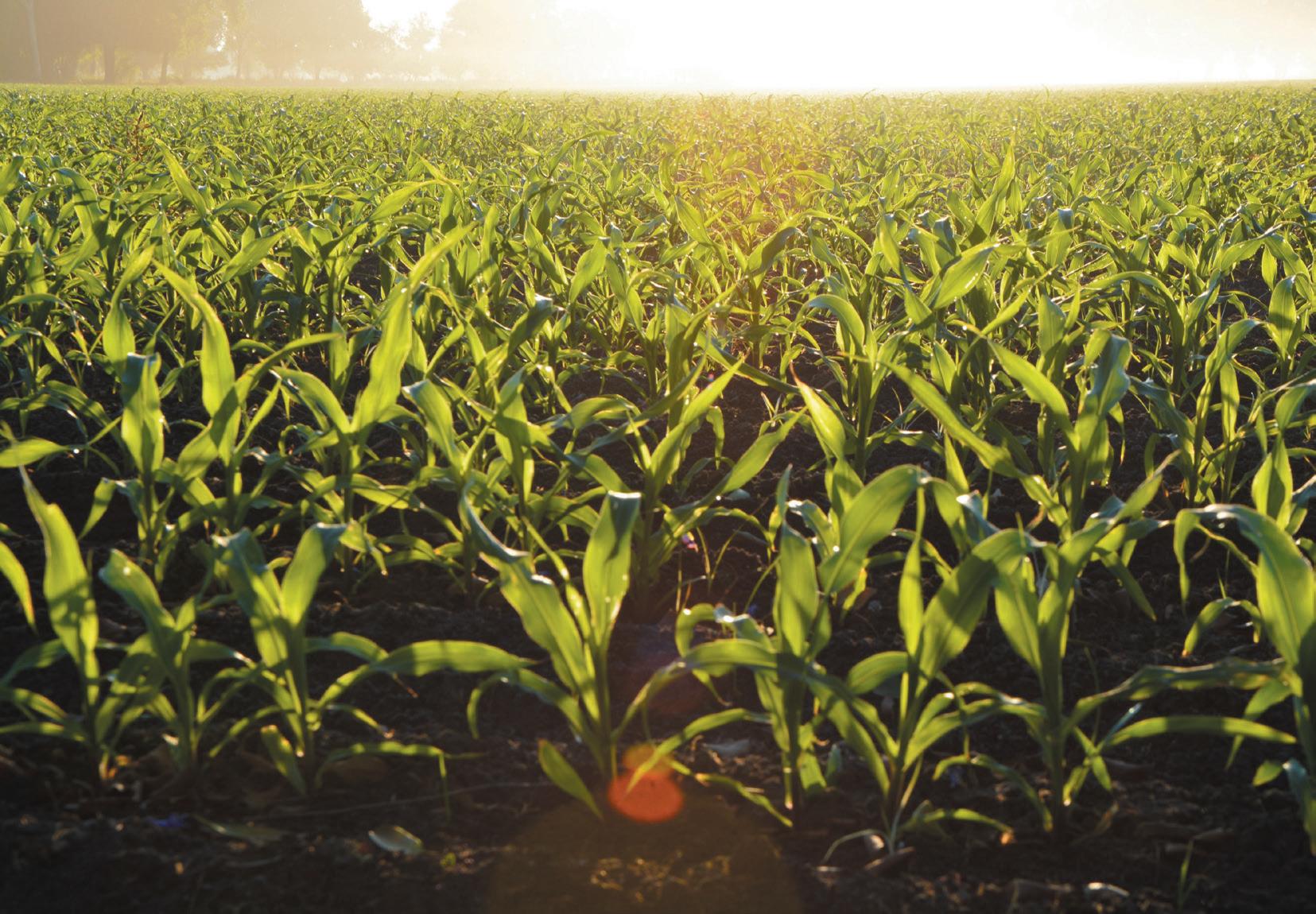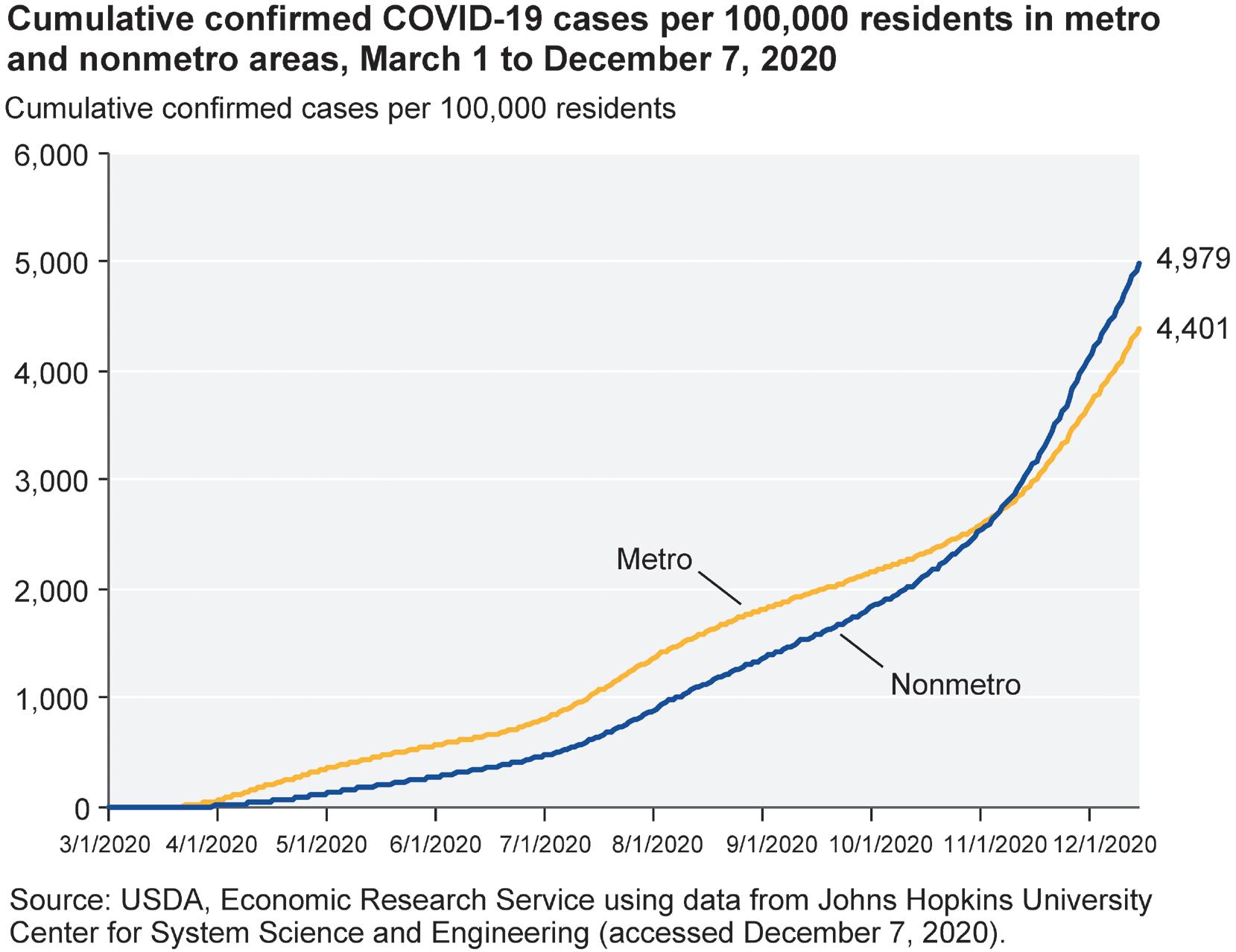
5 minute read
Hungry World Farm focuses on regenerative agriculture
Stephan Rauh, the lead produce farmer at Hungry World Farm, stands next to the produce garden he dug with a shovel.


This is one of the rabbits tended to by Dave Bell at Hungry World Farm.

Those who live at Hungry World Farm have access to fresh produce even on cold, snowy days.
The farm’s residents grow food while restoring the earth and promoting fellowship
Story and pictures by Shannon Serpette
While sustainable agriculture has been embraced for decades now, regenerative agriculture is a growing movement. One of the champions of holistic, regenerative agriculture in Bureau County is Hungry World Farm, located in rural Tiskilwa.
Karla Detweiler, who was working as a Mennonite pastor in Iowa, moved to the 175acre Hungry World Farm with her family in June 2020. Hungry World Farm is a working farm and ministry that dedicates itself to food production and consumption. Those who live on the farm, like the Detweiler family, want to educate and inspire people to care about having healthy food, fields, and bodies while they care for the planet.
“I’ve had a dream for a long time of having a community that cares for the earth,” she said.
She loved the idea of a farm where the focus wasn’t on sustainability but on regenerative agriculture.
“It’s a way of growing food that prioritizes soil health and ecosystem health,” she said.
Regenerative agriculture nurtures the microbes in the soil, partly from disturbing the earth as little as possible. This style of farming isn’t about just sustaining – it seeks to improve.
“It has the potential to heal and regenerate the soil,” she said. “It’s going back to what it was originally supposed to be.”
Hungry World Farm spreads the word about regenerative agriculture and healthy living in various ways, including educational outreach efforts. The Farm Learning Center, which is used for educational purposes and sits in the same section of the farm as the residences, is undergoing renovation right now.
“By spring, it will be brand spanking new,” Detweiler said.
The center is used for hosting farm learning days. One of the farm learning days was on the topic of food insecurity. The guests are generally a mix of people from different backgrounds. There might be farmers or concerned adults – they welcome anyone who wants to learn more and be part of the solution. The farm residents would love to see more kids on field trips visit the property to learn about farming and caring for the earth.
“We want to be considered a service organization in the community,” she said.
Those living at Hungry World Farm are working on making improvements or additions, such as having a commercial kitchen geared toward baked goods and eventually growing Heritage grains on the property, Detweiler said. The long-term plan for the farm includes
more walking areas for those who want to spend more time in nature.
“That’s part of the vision, too. We would like to develop more of a trail system,” she said. “We would love to host retreats and have retreat space on the farm.”
Even before all these planned projects come to fruition, the farm is a bustling place to be, producing meat, eggs, and fruits and vegetables, with two acres of land designed as certified organic.
Dave Bell, the lead animal farmer at Hungry World Farm, is responsible for tending to the farm’s animals, which include sheep, goats, hogs, chickens, ducks, and rabbits. The sheep are grass-fed, and the Heritage hogs are fed a mix of organically-grown corn, kelp, and soybean, he said.
While Bell loves tending to animals – something he has done in some form for most of his life – he’s equally fond of the people he meets at Hungry World Farm.
“This place has been such a blessing,” Bell said. “I have met so many people from so many places.”
Whether it’s local people who help the farm in any way they can, those coming from another state, or people who travel from other countries like Tanzania and Zimbabwe to volunteer and learn on the farm, Bell has treasured all the friendships he’s made.
“I’ve met such great, interesting people,” he said.
The farm offers internships, ranging from a summer stint to year-long, for people interested in learning about this unique farming method. These opportunities are available because those at the farm believe the world is better off when people work together and share knowledge. They hope that the interns at the farm take their lessons and later go home to use what they’ve learned about regenerative agriculture.
“Right now, we’re open for applications for next summer,” Detweiler said.
They are looking for summer interns as well as a couple of full-year internships. It’s an immersion experience that pays a stipend, offers lodging when needed, and gives access to the farm’s food.
Detweiler said Hungry World Farm doesn’t discriminate when choosing interns. It’s a non-profit organization that has no bias regarding race, religion, or politics.
One of the methods the farm employs for enriching the soil is using compost. A short walk away from the animals sit piles of leaves and other materials. Bell picks up the materials in Tiskilwa with the help of volunteers. They sit there decomposing at the farm and are eventually used for composting.
“The village of Tiskilwa has been very supportive,” Detweiler said. “And this (the composting pile) provides great organic matter for our garden.”
The garden area is approximately three-fourths of an acre, but two acres of blueberries are also grown on the farm. A propagation room sits near the garden so seedlings can be started when it’s still too chilly to plant them outside.
Stephan Rauh, the lead produce farmer on the farm, has a deep interest in agriculture and distributing food. To align with regenerative agriculture principles, Rauh didn’t use a tiller to plant the crops. He dug the rows with a shovel the old-fashioned way.
“We try to minimize the disturbance of the soil as best we can,” he said.
Some of the produce grown in Rauh’s garden area includes salad greens, carrots, radishes, beets, potatoes, and winter squash.
“We try to focus on crops that are most common,” he said.
His favorite parts about life at Hungry World Farm are having the opportunity to grow food and tend to the soil’s health.
“It’s really amazing to me,” he said.

Karla Detweiler walks down a hill to get from the residential homes at Hungry World Farm to the section containing the crops and the animals. The climb back up is fairly steep and great for getting some exercise.






